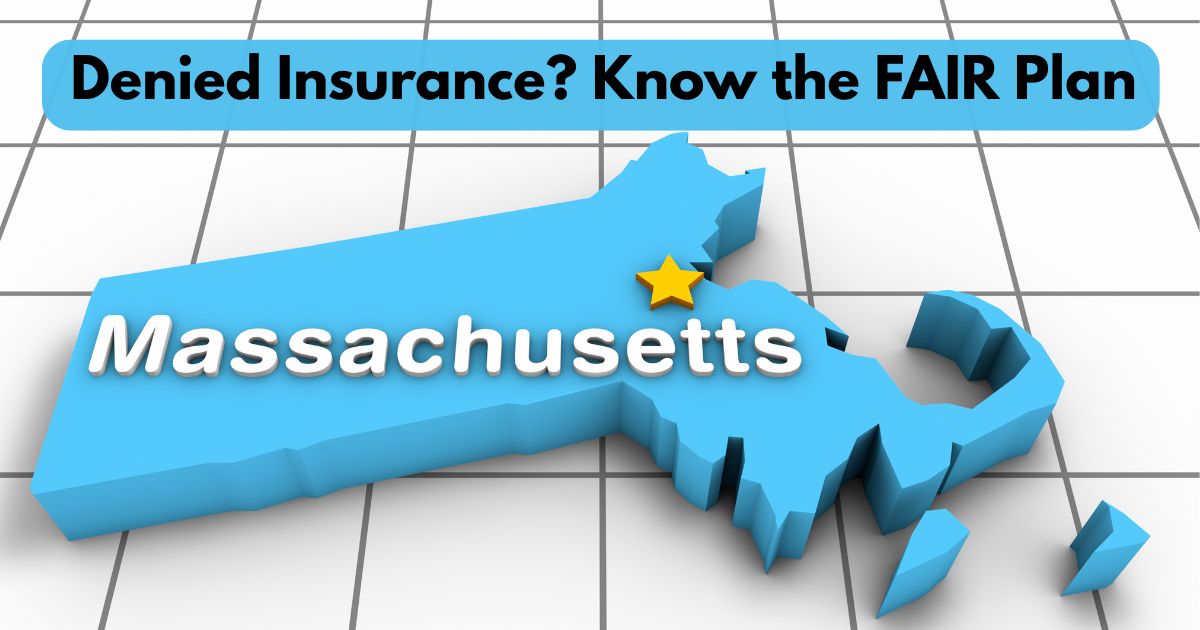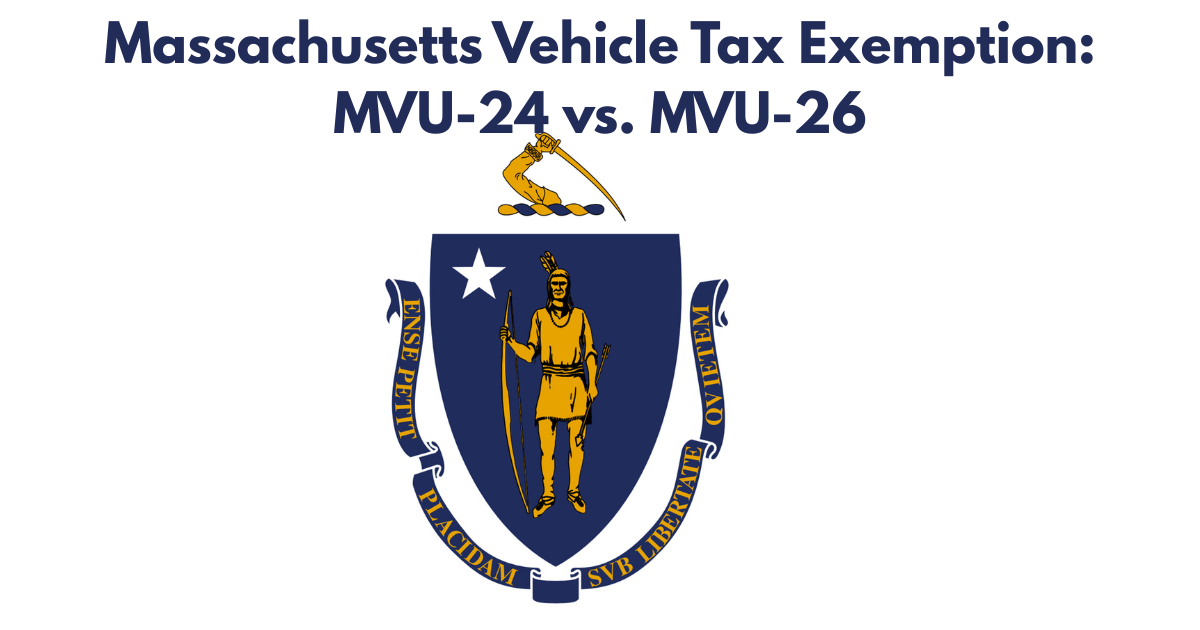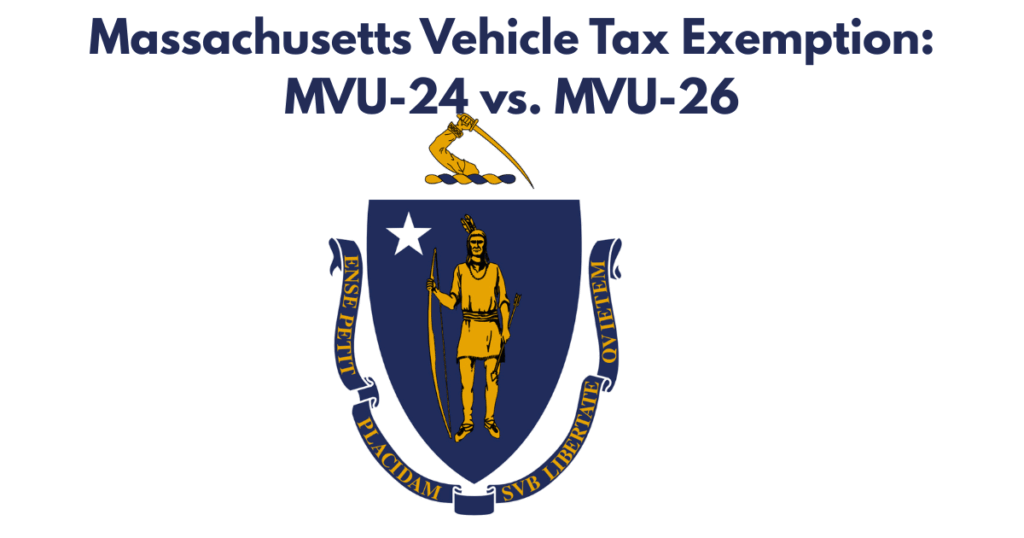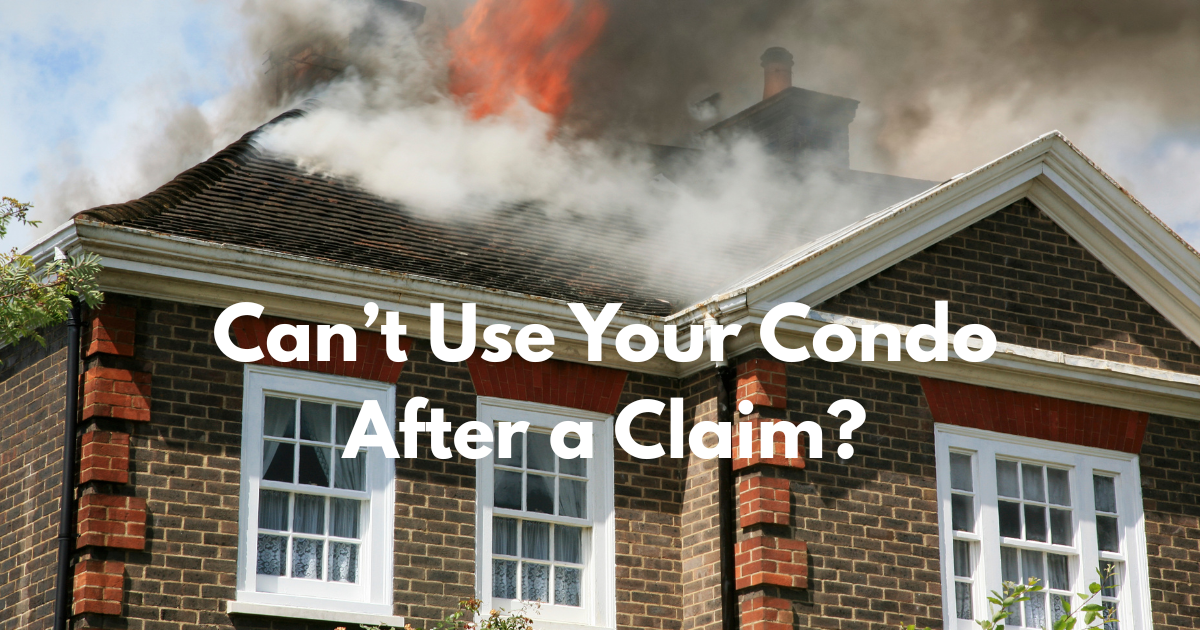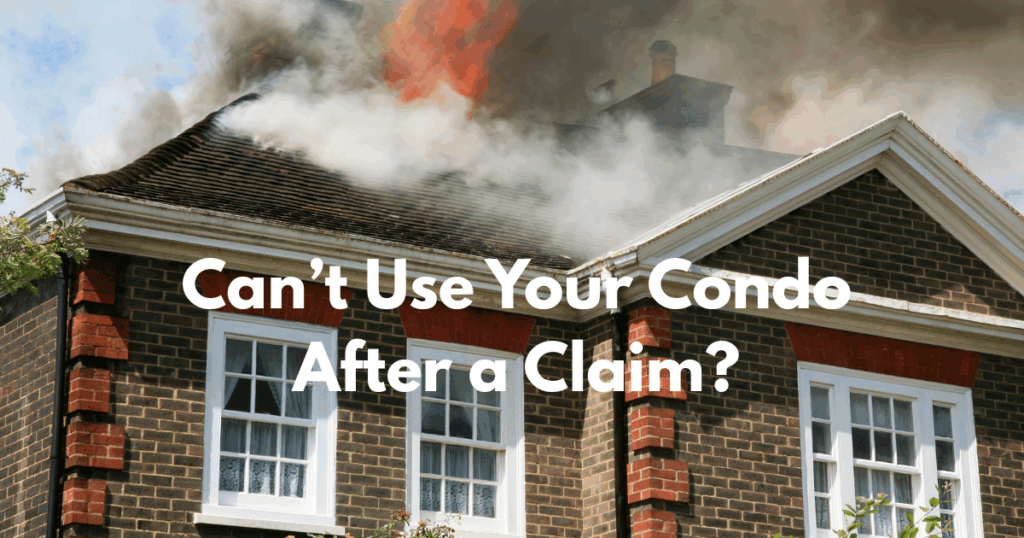FAIR Plan Insurance in Massachusetts: What You Need to Know

Have you been denied home insurance because of your property’s age, location, or past claims?
Are you hearing about something called the “FAIR Plan” and wondering what it actually covers — and whether it’s right for you?
At Vargas & Vargas Insurance, we help clients across Massachusetts navigate the FAIR Plan every day — and in this article, we’ll explain exactly what it is, who it’s for, and how it compares to standard insurance.
You’ll walk away knowing what the FAIR Plan covers, when you should consider it, and what your next step should be if you think it might apply to you.
What Is the Massachusetts FAIR Plan?
The FAIR Plan (short for Fair Access to Insurance Requirements) is a state-backed homeowners insurance program available through the Massachusetts Property Insurance Underwriting Association (MPIUA). It was created to provide insurance to homeowners who are unable to secure coverage through traditional insurance carriers.
Here’s a smoother, clearer rewrite of that section:
The Massachusetts FAIR Plan was established in 1968 by the state legislature as a residual market solution — designed to offer property insurance to homeowners who can’t secure coverage through traditional insurance companies.
In simple terms, it’s a safety net for homes that private insurers consider too “high-risk” or too costly to insure through standard markets.
Why insure with the FAIR Plan?
- Private insurers have denied your home coverage
- Your home is located in a high-risk area (coastal zones, high-crime neighborhoods, flood-prone zones)
- You’ve had multiple prior claims
- Your property has structural issues or older systems that standard insurers don’t want to cover
You must also meet certain basic conditions — for example, the home can’t be vacant or condemned, and you must have taken reasonable steps to maintain the property.
What Does the FAIR Plan Cover — and What It Doesn’t
✅ What it covers:
Unlike what many believe, the FAIR Plan does offer standard homeowners policies — including HO-2, HO-3, HO-4 and HO-6 forms — meaning you may be eligible for:
- Fire and smoke damage
- Windstorm or hail
- Theft and vandalism
- Accidental water discharge
- Snow or ice collapse
- Damage from vehicles or aircraft
- Personal property (if included)
- Replacement cost coverage (if qualifications are met)
❌ What it does not include or limits:
- No discounts for bundling, loyalty, or protective devices
- Fewer available endorsements and optional coverages
- May not automatically include coverage like liability, mold, or water backup
- You’ll need separate policies for flood or earthquake protection
- Some policies are written on actual cash value if you don’t meet replacement cost eligibility
- Dwelling maximum limit of $1mil
FAIR Plan vs. Standard Homeowners Insurance
| Feature | FAIR Plan (MPIUA) | Standard Insurance |
|---|---|---|
| Availability | For high-risk homes | Available if home meets underwriting standards |
| Policy Type | HO-2, HO-3, HO-4 and HO-6 | HO-2, HO-3, HO-4 and HO-6 (default) or broader options |
| Coverage | Major perils; limited extras | Full coverage + endorsements (liability, living expenses, etc.) |
| Valuation | Replacement cost (if qualified) or actual cash value | Typically replacement cost |
| Discounts | None | Multi-policy, claim-free, protective devices, and more |
| Flexibility | Limited customization | Highly flexible with broad market options |
How Much Does the FAIR Plan Cost?
The FAIR Plan uses standard base premiums like other insurers, but does not offer discounts — which means it’s often more expensive than a private-market policy for the same home.
If your home qualifies for a standard insurer later, you may be able to reduce your cost and improve your coverage by moving off the FAIR Plan.
Should You Use the FAIR Plan?
Here’s the bottom line:
If you’ve been declined by other companies, the FAIR Plan is a valuable fallback that gets you the coverage you need to protect your home and satisfy your mortgage requirements.
But it shouldn’t be your forever plan.
At Vargas & Vargas Insurance, we often start clients on the FAIR Plan when necessary — but we also:
- Help you understand why you were declined
- Identify possible home improvements to help you qualify for standard coverage
- Re-shop your policy every year to move you back into the voluntary market when possible
Let’s Talk Next Steps
If you’ve been turned away by insurers — or even suspect your home may be considered high-risk — don’t panic.
Call our team at Vargas & Vargas Insurance at 617‑298‑0655. We’ll review your situation, walk you through the FAIR Plan, and help you build a plan to either get coverage now — or work toward a better one.
You don’t need to figure it out alone. We’re here to answer your questions, advocate for your home, and help you move toward better insurance — one step at a time.


